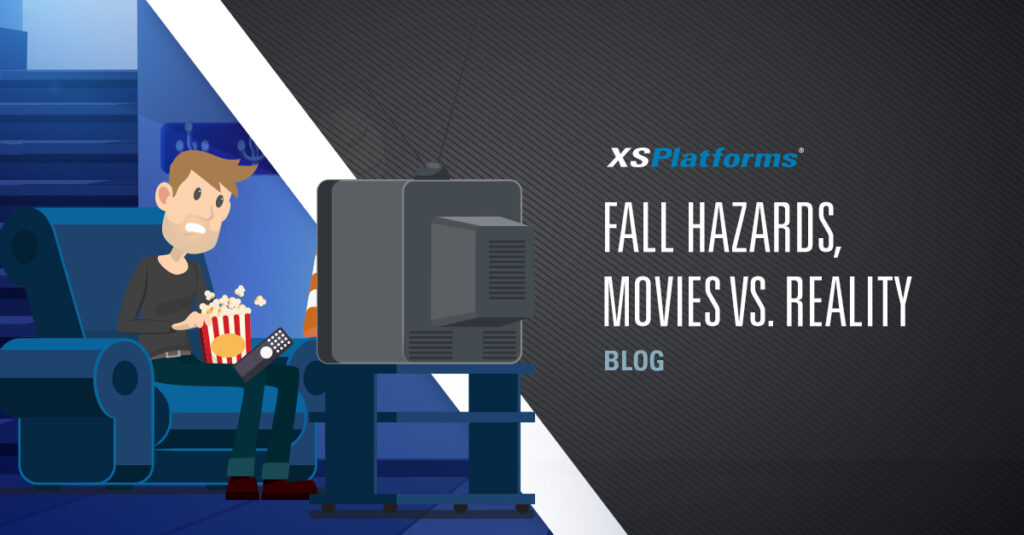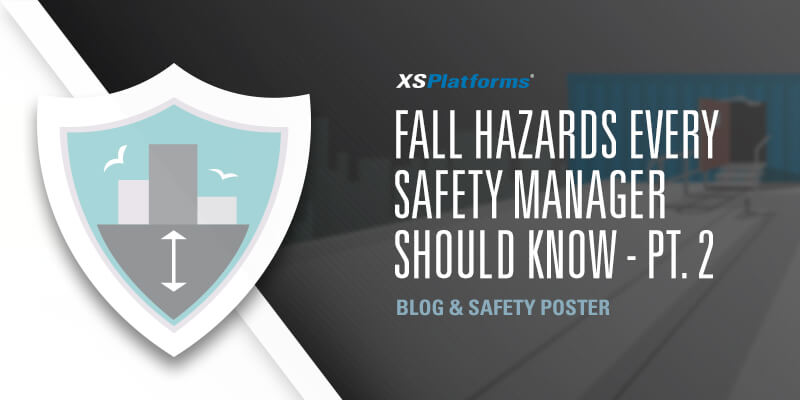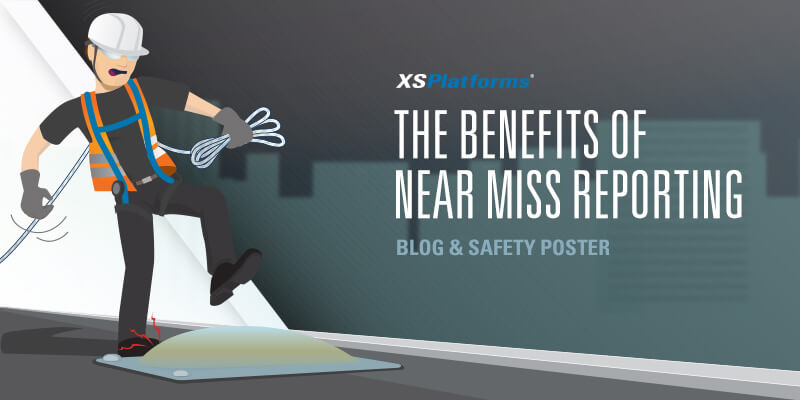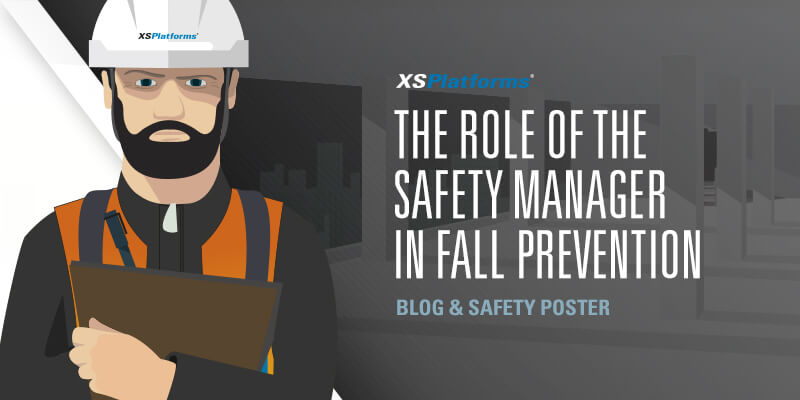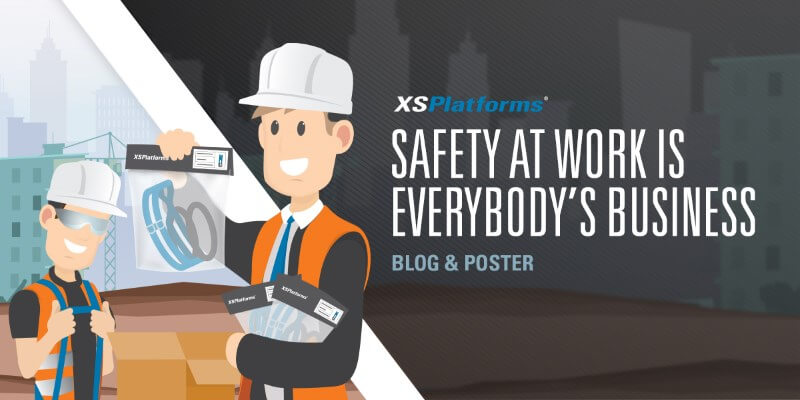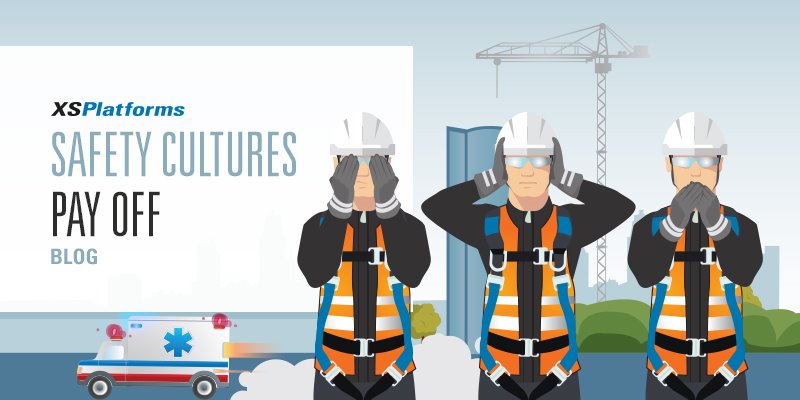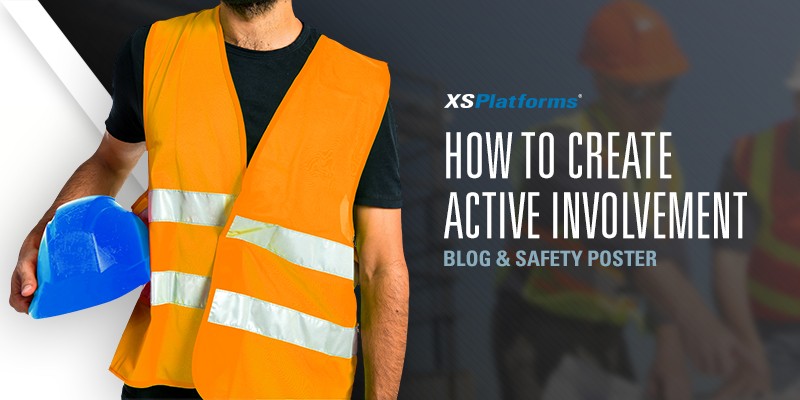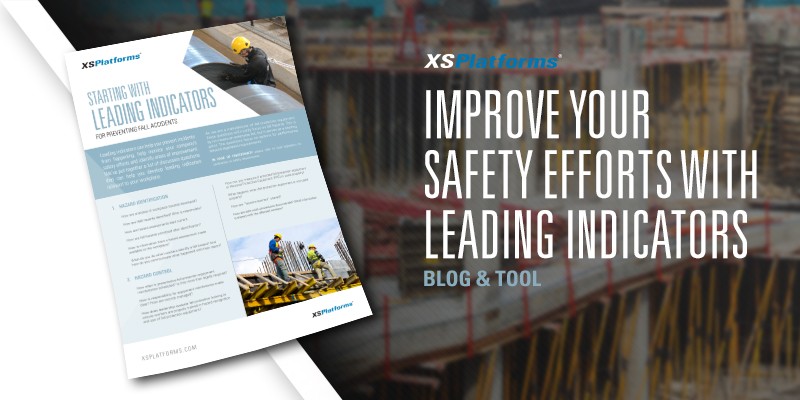These days, a large portion of the low-rise buildings have flat roofs. Nonetheless, inclined and sloping roofs become more and more popular every time a new building is designed.
As you would expect, an inclined or sloping roof brings an extra dimension to the table. Not only when it comes to the design of the building, but it also creates more hazardous (fall) situations.
When working on these types of roof, a different fall protection approach is required than when working on flat roofs. That approach is meant be used by persons who are trained to do that. XSPlatforms advises to always consult a specialist or trained personnel when work on a sloped roof has to be done.
In this blog we will explain what the definition of an inclined or sloping roof is and what fall protection measures have to be taken.

What is the definition of an inclining/sloping roof?
The inclination angle determines what type of sloping roof we are talking about. Each country (with its own legislator) can have a different view on this. Below, we will explain how we see this.
For all countries, the definition of a low-sloped or steep-sloped roof is determined by one common factor: the inclination angle of the roof, also referred to as the roof pitch. Nevertheless, different countries have different perceptions on the amount of degrees that characterize a low-sloped or steep-sloped roof.

European Standards – CEN
In most of the central European countries, for example the Netherlands, the European Committee of Standardization (CEN) determine the specific safety precautions for working at height. Although the maximum inclination of 15 degrees for sloped roofs is commonly accepted in the fall protection industry, there is no European standard which covers the definition of a ‘sloped roof’.
Therefore, for European solutions, XSPlatforms speaks of two types of sloping roofs:
- If the angle of inclination is less than 15 degrees, it’s specified as a low-sloped roof.
Safety measures: When working on a low-sloped roof, it is allowed to follow the same safety precautions as for a flat roof. - If the angle of inclination is more than 15 degrees, a roof is specified as steep.
Safety measures: when working on this type of roof, the safety precautions for steep/sloping roofs will be in effect, basically meaning a fall arrest solution has to be present at all times.

US Standards – OSHA
The Occupational Safety and Health Administration (OSHA), in the United States of America, has a different approach on sloped roofs. They use the same terms (low-sloped and steep roofs), but their definition differs.
According to the OSHA 1926.500, a steep roof is described as a roof with a slope greater than 4/12 (vertical to horizontal). For example, when stretching a length of 12 feet horizontally, there is a difference in height of more than 4 feet. Put into practice, these are roof have a slope of 18,6 degrees or more.
Roofs that have a slope of 4/12 or less (so a slope of 18,5° or less), are referred to as low-sloped roofs.
For information about fall accidents on steep and low-sloped roofs, check out our blogs about OSHA’s Top 5 Fall Protection Violations – Part 2 (steep roofs) and Part 3 (low-sloped roofs).

Sloping roofs and solar panels
In general, sloped roofs aren’t suitable for the installation of, for example, air-conditioning units or other equipment that require a flat surface. For the integration of solar panels, this is a different story. Due to the large demand of cheap and alternative energy sources, the request for solar panels has increased over the years.
A low-sloped or steep roof has its benefits when it comes to solar panel installations. When the sloping side of the roof is positioned in the right direction, it can definitely increase the efficiency of the solar panels.
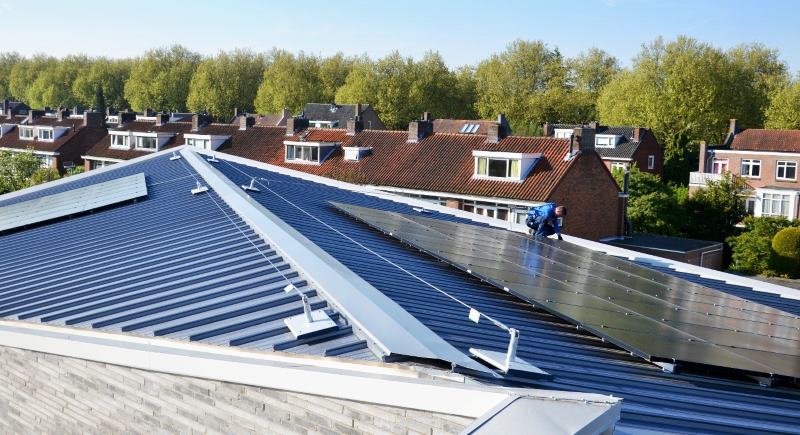
With the installation of solar panels, extra maintenance and inspection work is required. To ensure its efficiency, it is advised to regularly check, clean and repair a solar system. As said before, working on a (steep) sloping roof is not something everyone is allowed to do, so make sure to hire a specialist.
Permanent fall protection solutions
For maintenance on a sloped roof, the installation of a permanent fall protection system provides an outcome. This way, the building owner fulfills his duty so that maintenance personnel can work safely on their roof.
Which type of suitable fall protection to choose, depends on the situation. It depends on the situation and the type of work that is performed on the roof. It is advised to always hire an expert to look at the situation to determine what fall protection solution would be the best. The expert may choose for a system with single anchor points or a horizontal lifeline system for example.

Example of a sloping roof, equipped with a horizontal lifeline system and anti-pendulum anchor points
Fall protection PPE
Besides the permanently installed fall protection solutions XSPlatforms offers for sloped roofs, such as a horizontal lifeline system, there are also several temporary solutions available. Like Personal Protective Equipment (PPE) that you bring to the job site and take with you when the work is finished.
To make sure that workers comply with the safety requirements of jobs where permanent fall protection isn’t present, XSPlatforms and its dealers supply a pre-assembled set, especially for roofs. This set contains the right equipment for this type of work when it comes to anchorage (A), body support (B) and connection (C) – as described in the ABC of fall protection.
Read more about the examples of temporary anchorage for sloping roofs in a previous blog that we posted.
Are you interested in the exact contents and specifications of this set? Download the fact sheet or contact XSPlatforms or one its distributors.
Interested in the Fact sheet for sloping roofs? Download the fact sheet here;

